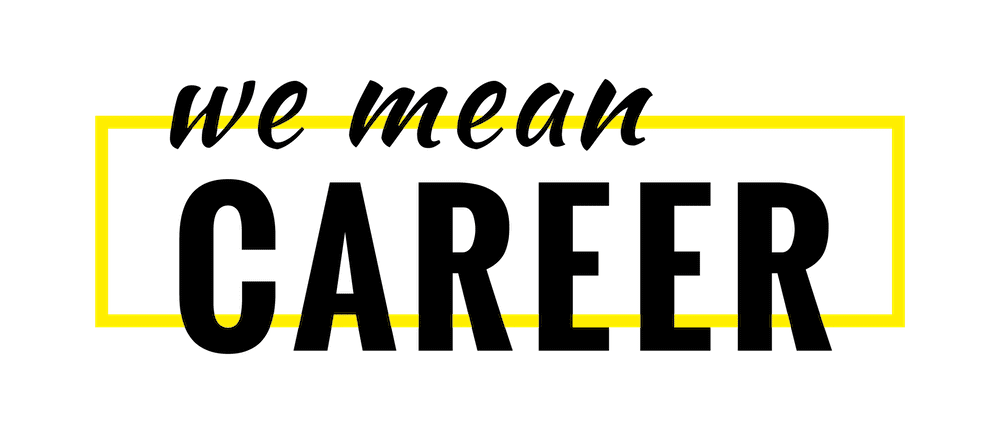HOW TO BECOME A PHARMACIST

Are you interested in becoming a pharmacist? Due to an aging population and greater access to healthcare, this is a very high-demand profession that has great job prospects.
In the long-term, it can also open the door for numerous career paths and there’s lots of potential to expand your expertise and skills in the future.
The pharmaceutical market is a steadily growing industry that’s expanding in many areas, including research, development, testing, and distribution. Many pharmacists work in front-line healthcare roles, working closely with doctors and other public health workers.
If this is a career option you’re thinking about, here’s everything you need to know about how to become a pharmacist.
What does a pharmacist do?
Pharmacists dispense medication to patients after it’s been prescribed by a physician or healthcare professional.
They also answer queries about prescriptions, provide advice about over-the-counter medicines and health issues, track and keep records about individuals, carry out health screenings, and give basic medical services like vaccinations.
Additionally, a pharmacist will work closely with doctors and health practitioners when it comes to discussing patient needs, such as selecting drug types, dosages, and interactions or side effects of different medication.
Over the years, pharmacists have consistently been an essential part of modern medicine and have a deep understanding of drugs and treatments.
The role requires vast knowledge of prescription medication, including how different drugs work, who they are suitable for, how to use them properly, and the effects they might have.
Training and qualifications
To be a pharmacist, you must have a Doctor of Pharmacy degree (PharmD) from a college or school that’s accredited by the Accreditation Council for Pharmacy Education. Additionally, you will need to get a license to practice.
How long it takes you to get qualified depends on which program you opt for. Some training programs accept applicants straight after earning a high school diploma. This route takes approximately 6 to 8 years to complete.
Alternatively, there are other programs that require you to complete all or all of college first. These take 3 to 4 years, or 2 years for the accelerated study option.
Many schools prefer to accept those with a bachelor’s degree. In these cases, the most suitable undergraduate courses to take include chemistry, biochemistry, physiology, biology, or another subject that’s relevant to the occupation.
When applying for a Pharm.D program, you will be required to take a Pharmacy College Admission Test. which is also known as PCAT. This consists of seven tests that measure your abilities in a range of areas, including comprehension and knowledge in biology and chemistry.
During the Pharm.D course, you will study on a number of areas of theoretical knowledge, with the focus being on different aspects of pharmaceutical chemistry and pharmacology.
In addition to this, there are practical elements that will be taught and these are essential to the job. Training takes place in hospitals, the community, pharmacies, and research companies and includes things like dispensing medicine and counselling patients.
Towards the end of the program, you will be assigned long-term clinical rotations in physicians offices, pharmaceutical companies, hospitals, and other settings, and you will work closely with pharmaceutical professionals on different projects.
Getting a license to practice
In all US states, you will need a license in order to practice as a pharmacist. These licenses are usually transferable, so you can use them if you move to a different state. But, in some cases, there will be additional requirements so it’s important to check this first.
Depending on the state you want to practice in, you will need to take a pharmacy law exam and the North American Pharmacist Licensure Exam (NAPLEX). You may need to pass a criminal record check, too, as this is needed in some states.
Following this, you will need to research the state and find out if there are any other tests that are required by law. Then, if you haven’t met the requirement during your degree program, you will have to meet the minimum number of hours of practical experience in your area.
Once you receive your state license, you’re ready to start looking for your first pharmacist job. If you want to progress in your career and gain further qualifications or specialize in a particular area, you will be able to move on to this in the future.



